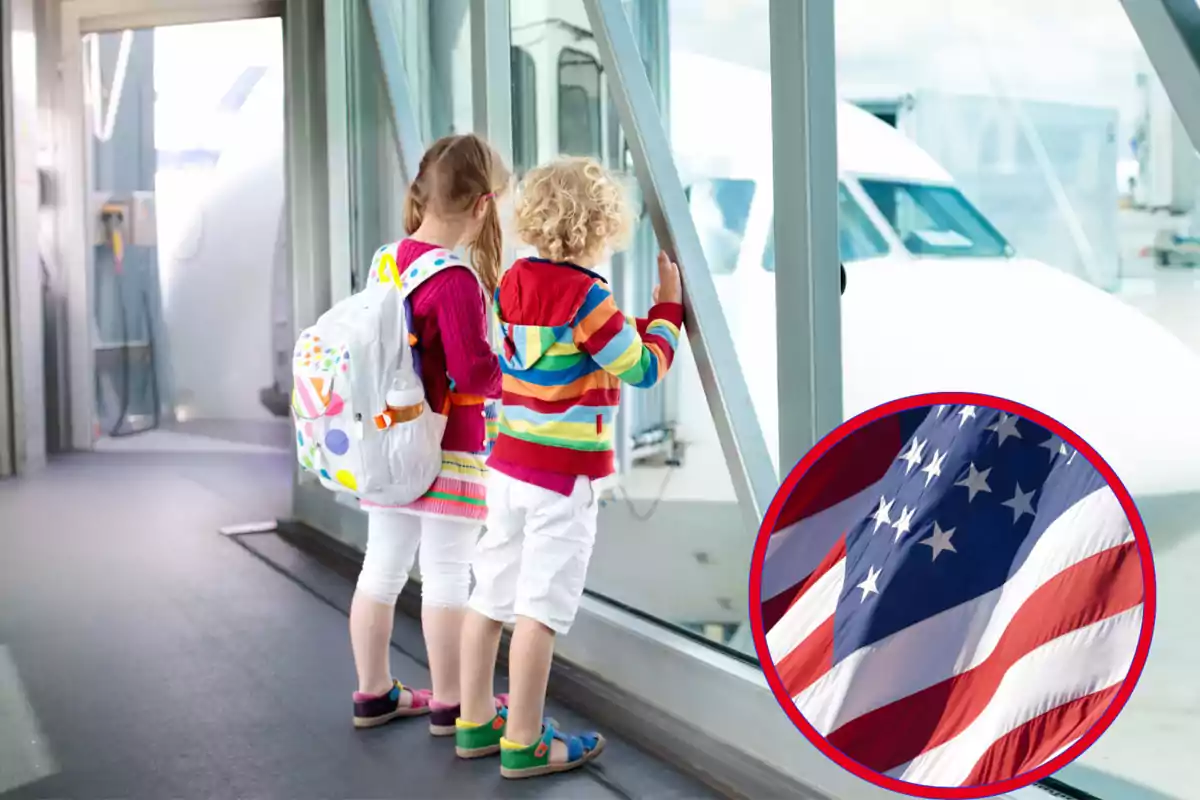The experience of going through security checks at a U.S. airport is usually neither quick nor comfortable. Travelers with connecting flights know that after clearing customs, there's still another line to go through TSA again. This process is repeated even if the luggage has already been screened at the point of origin.
Now, a new initiative promises to put an end to that routine for certain international flights. The One Stop Security program arrives as an effort to reduce wait times and eliminate unnecessary steps in the connection between flights. Its launch is already marking a turning point for those who've tried it.

A program that eliminates double checks
The Transportation Security Administration (TSA) officially introduced this measure on July 22. The trial is being conducted at Dallas-Fort Worth International Airport, in collaboration with American Airlines and authorities from the United Kingdom. The first practical case involved passengers departing from London Heathrow.
Upon arrival in the United States, travelers didn't go through TSA security screening again. They also didn't have to check their luggage again before boarding their next flight. Instead, they went directly to the boarding gate to continue their journey without interruptions.

This simplification has been made possible thanks to cooperation between Customs and Border Protection and the United Kingdom's Department for Transport. The goal is clear: speed up the airport process and improve the user experience.
Improvements for the passenger and expansion plans
David Seymour, chief operating officer of American Airlines, highlighted that this is "one of the most innovative improvements" offered to customers. According to estimates, eliminating double checks could reduce wait times by 50%. This not only eases the transit of connecting passengers but also optimizes the airport's own operations.
For now, the initiative covers only the flight between London and Dallas. However, TSA and its partners already plan to extend it to more international routes. Delta Air Lines expects to join in the summer with flights from London to Atlanta International Airport, applying the same conveniences.
American Airlines has also announced a new pilot project to connect Sydney with Los Angeles International Airport. On this route, passengers would enjoy the same advantages, avoiding additional steps before their connecting flight.
This type of measure not only represents an innovation in operational terms. It also strengthens the image of airlines and authorities as actors committed to traveler comfort. If implementation in Dallas and future airports proves successful, it could open the door to a transformation in the way people travel to the United States.

